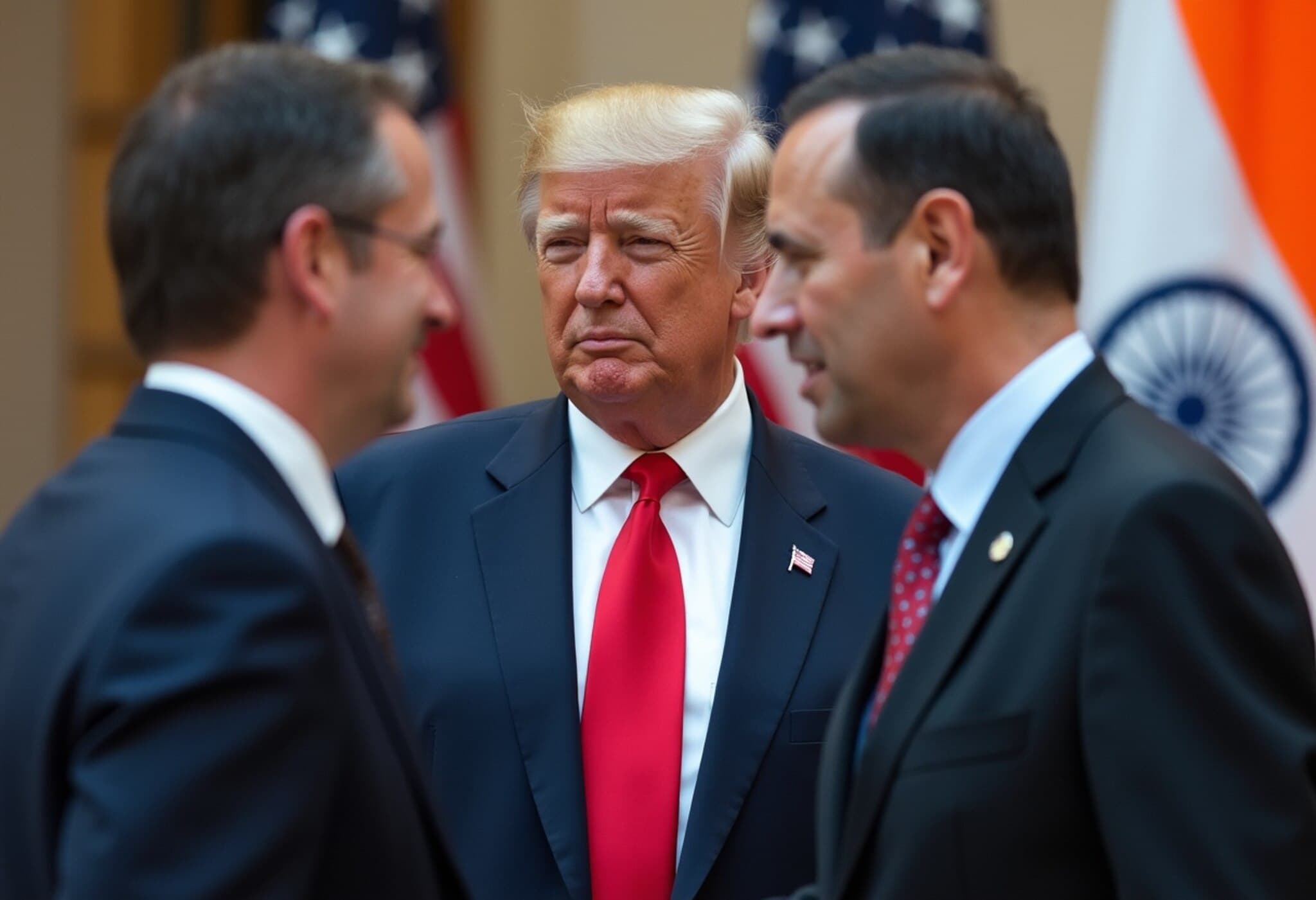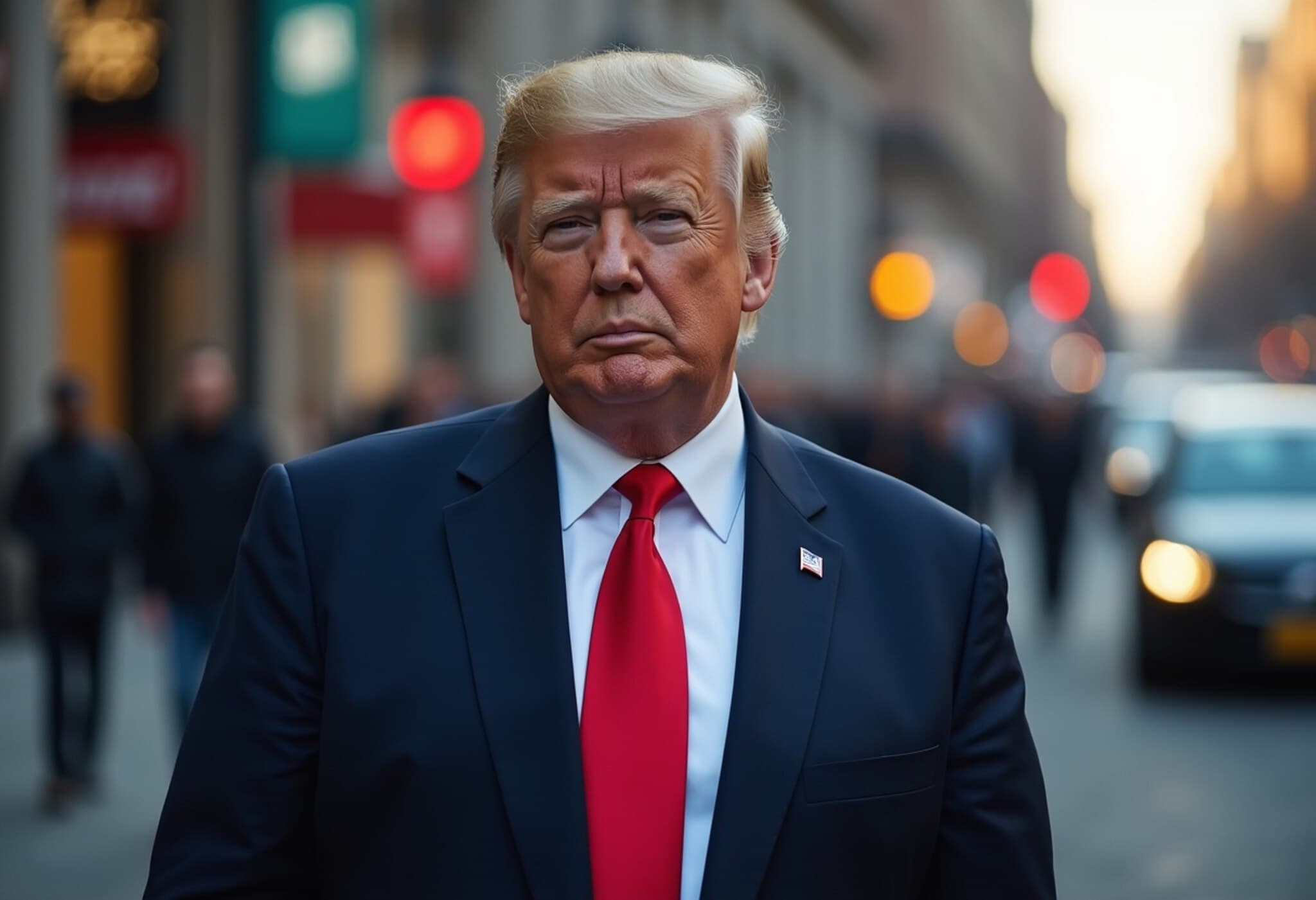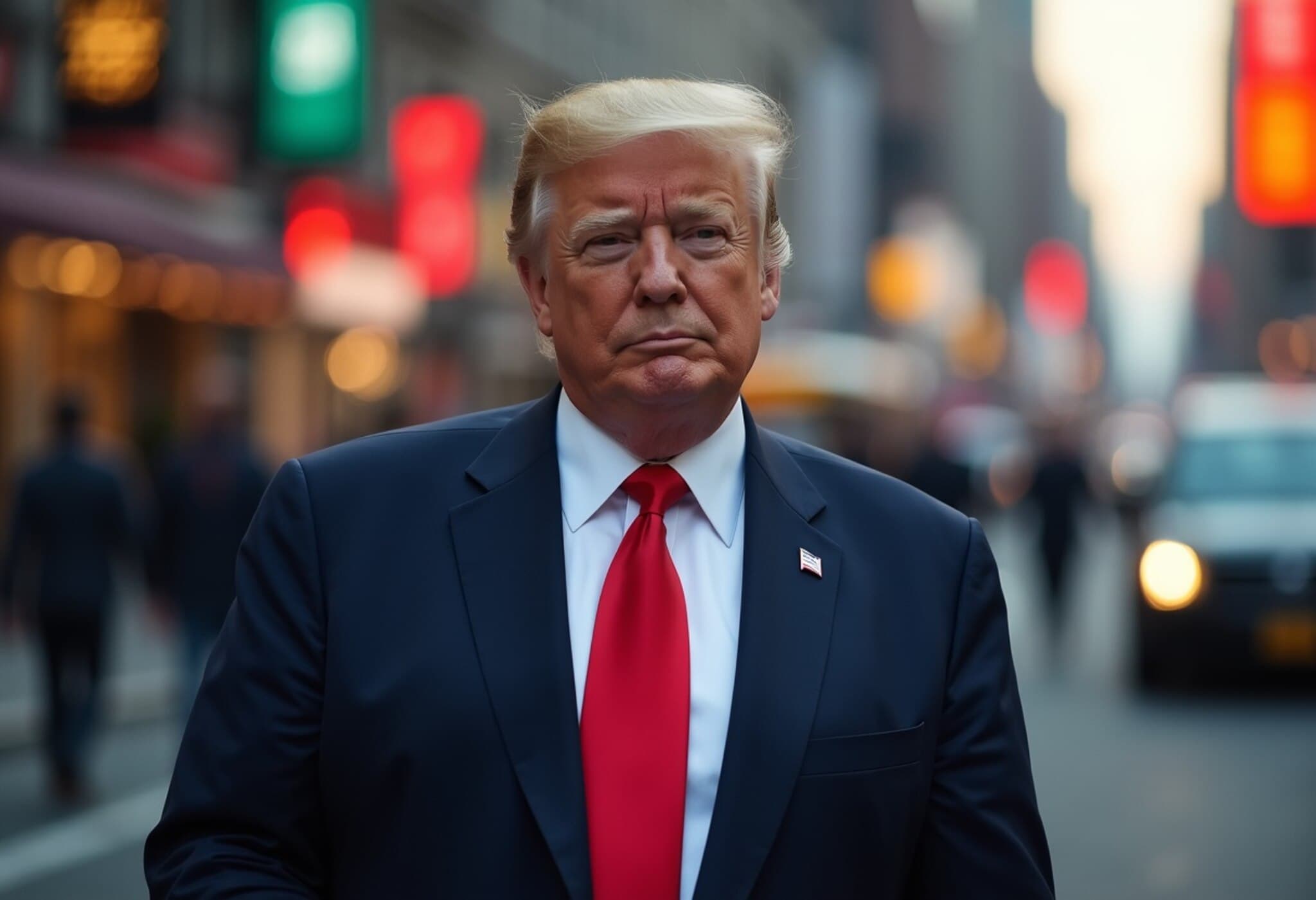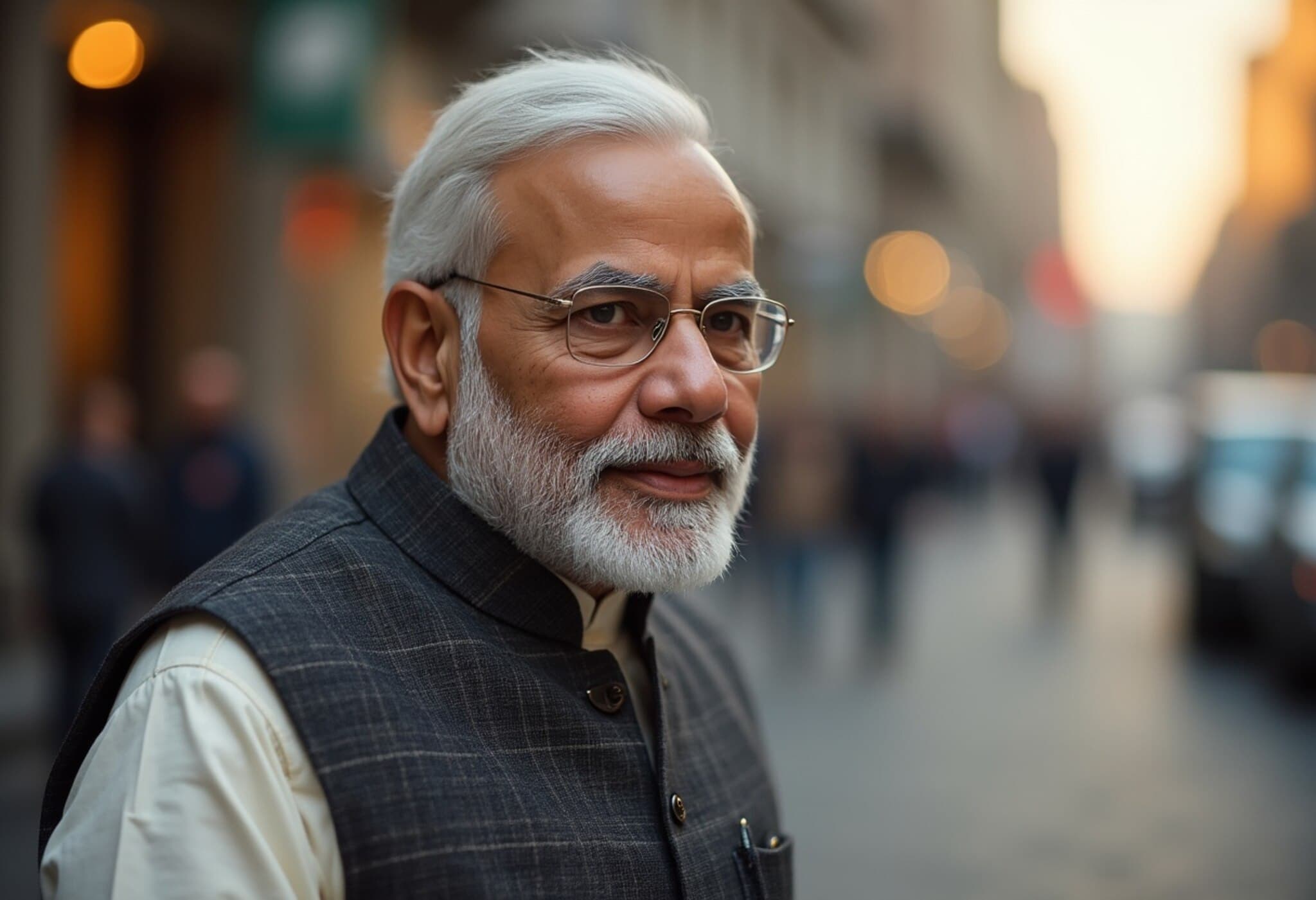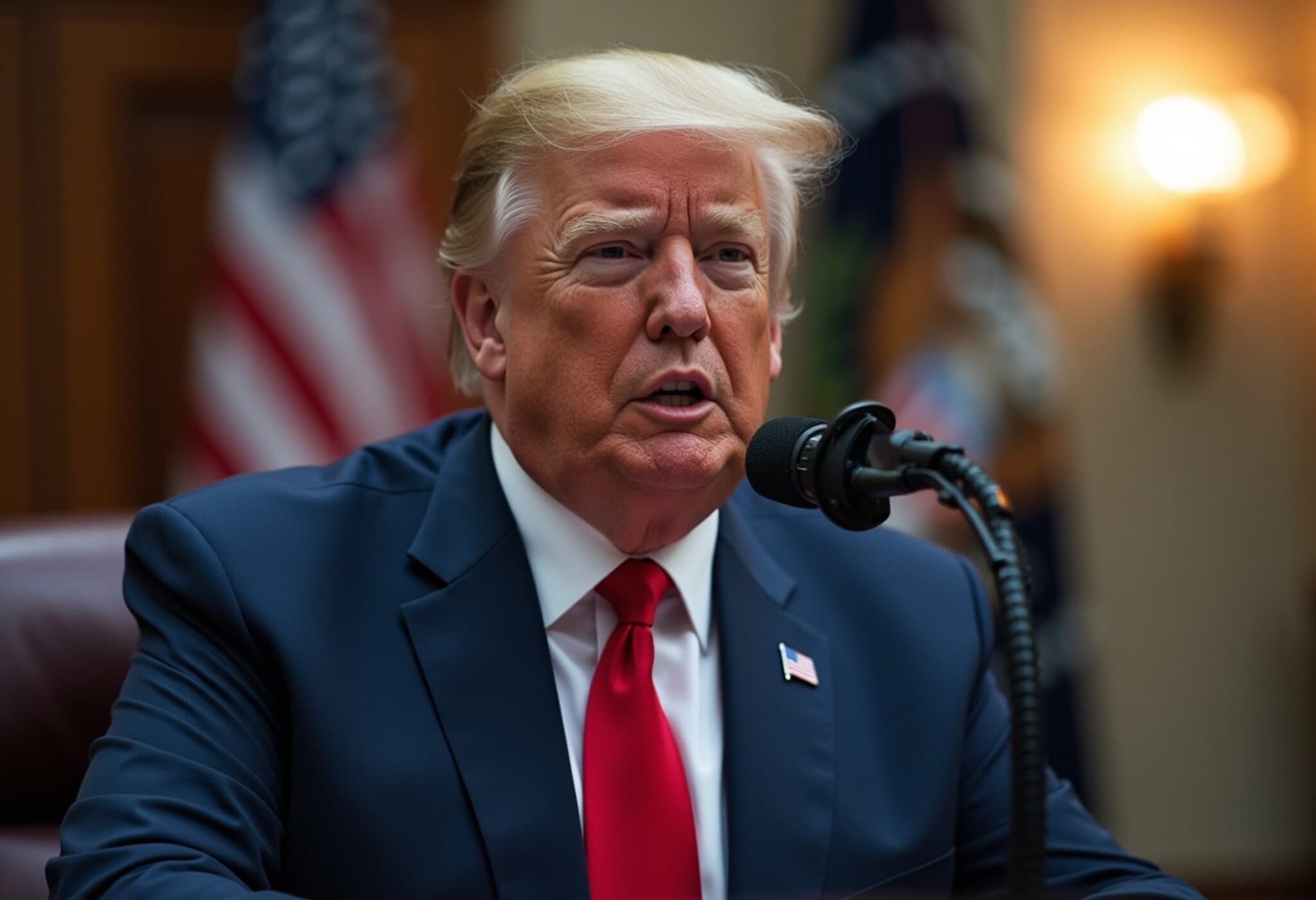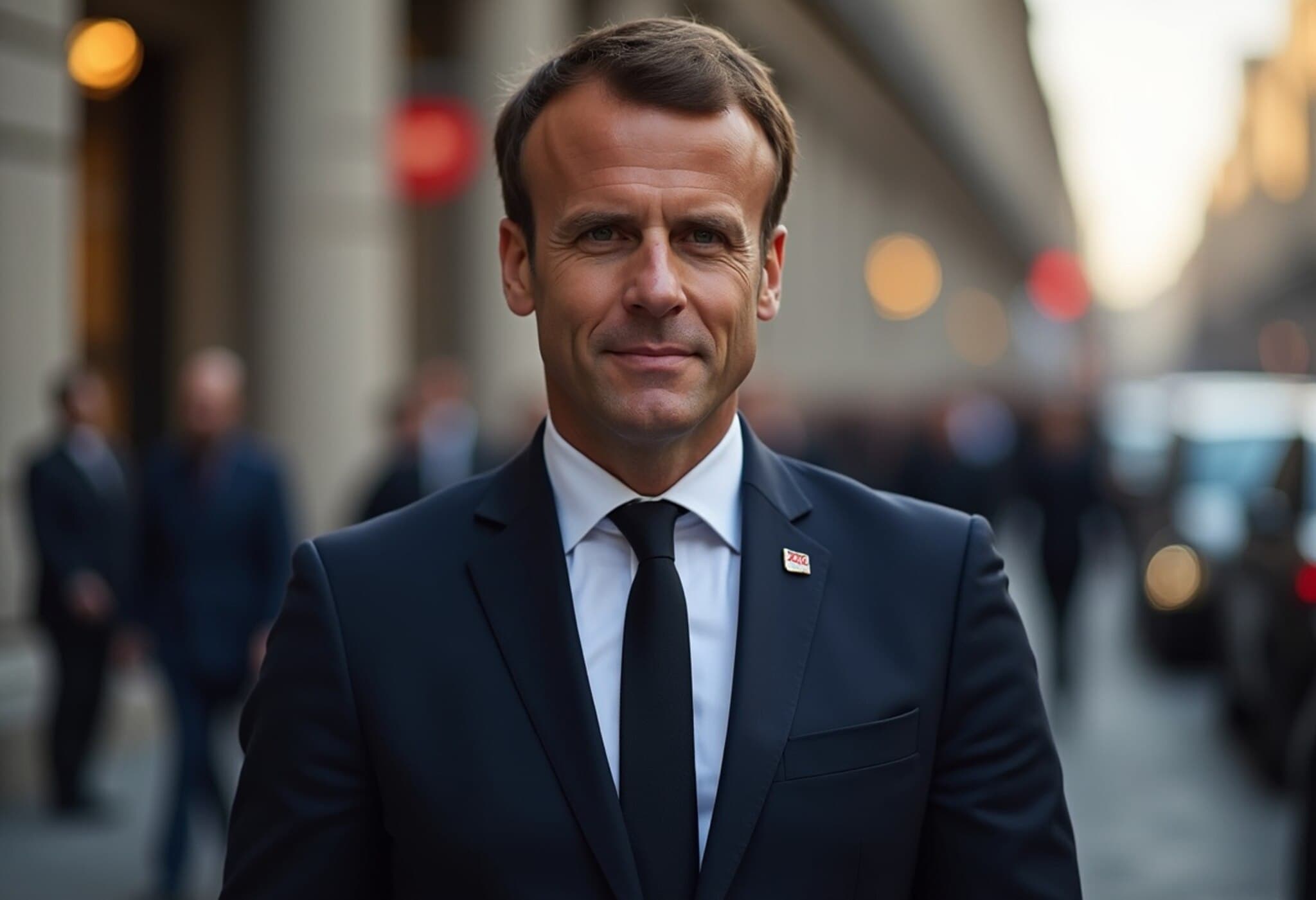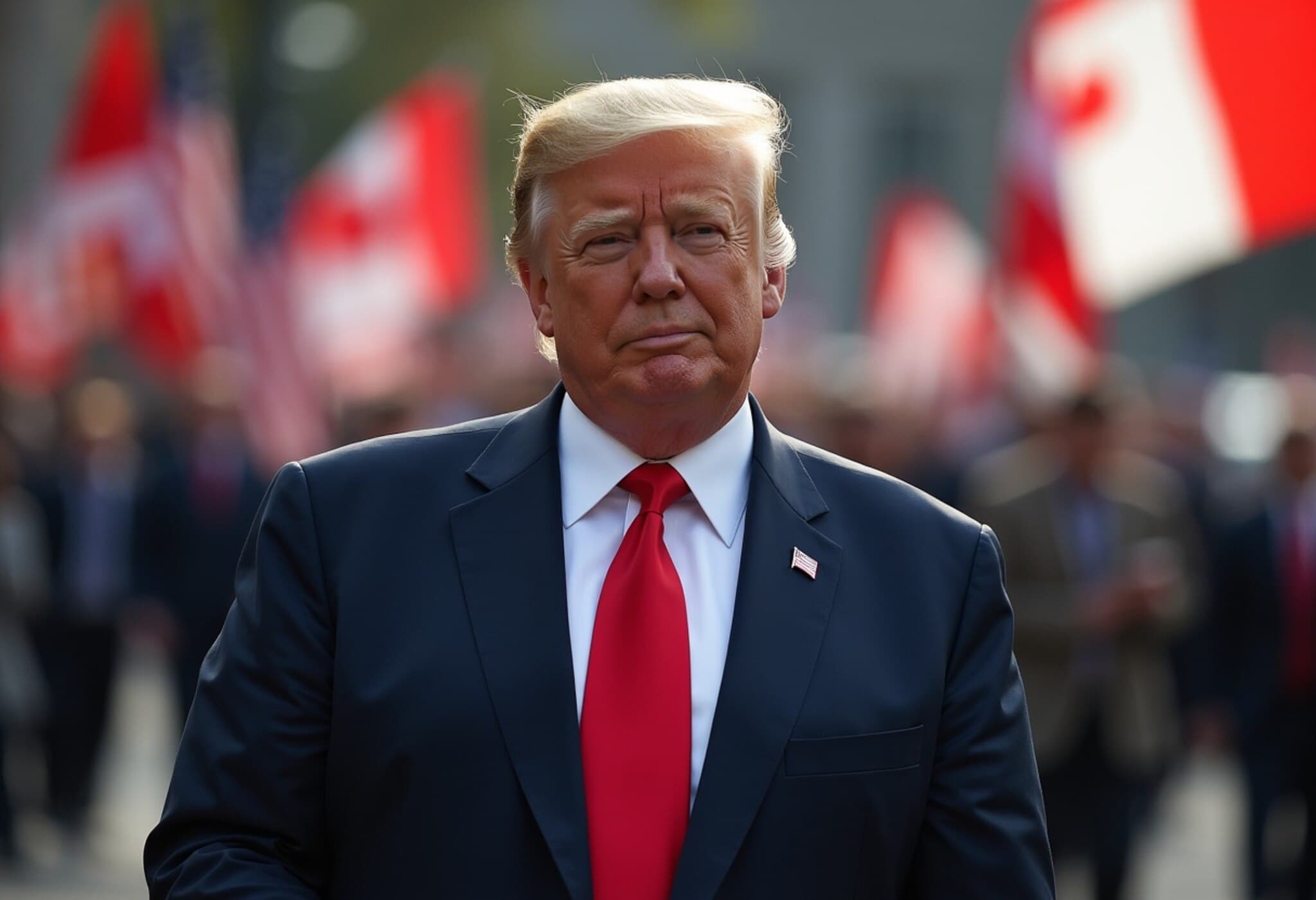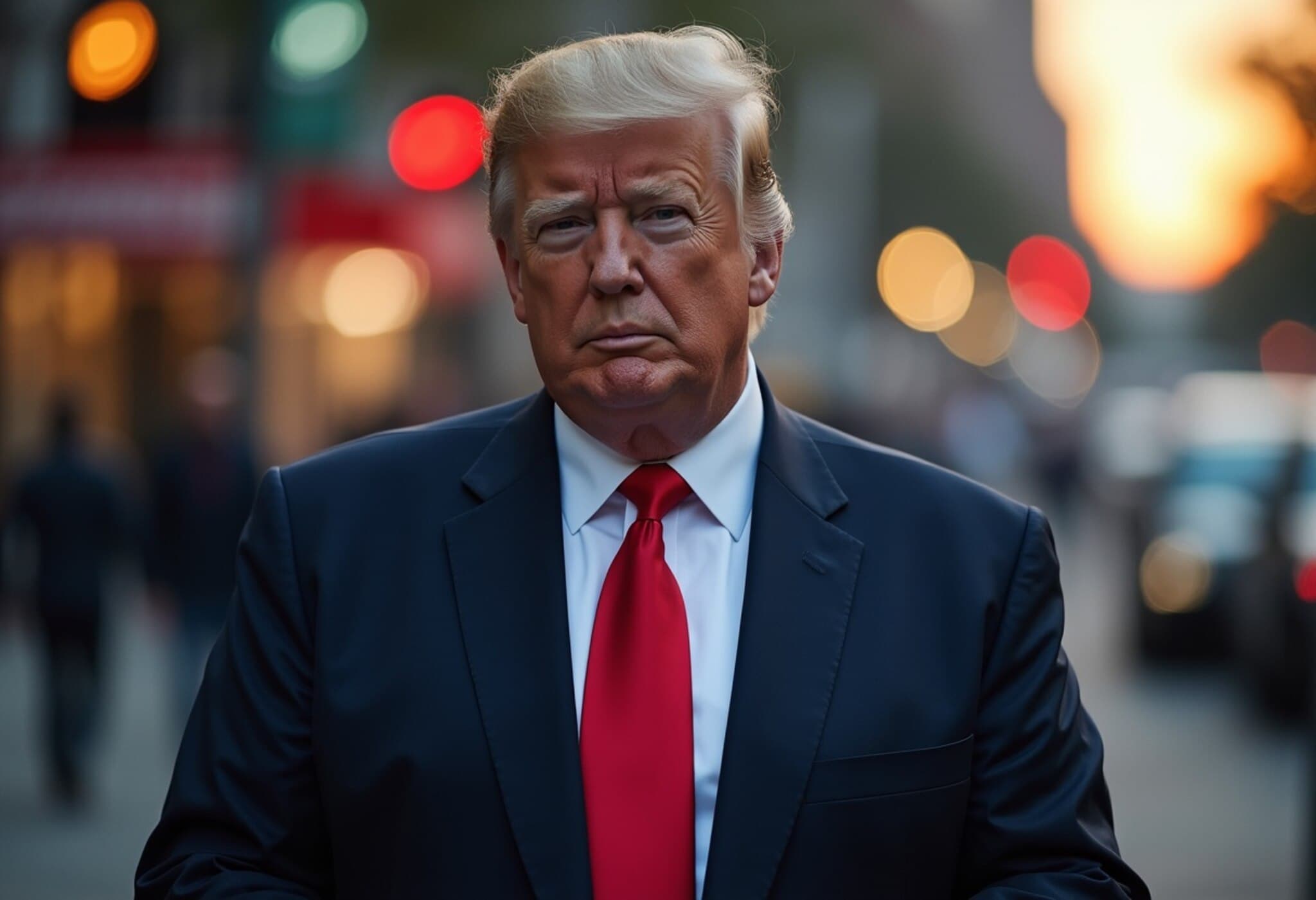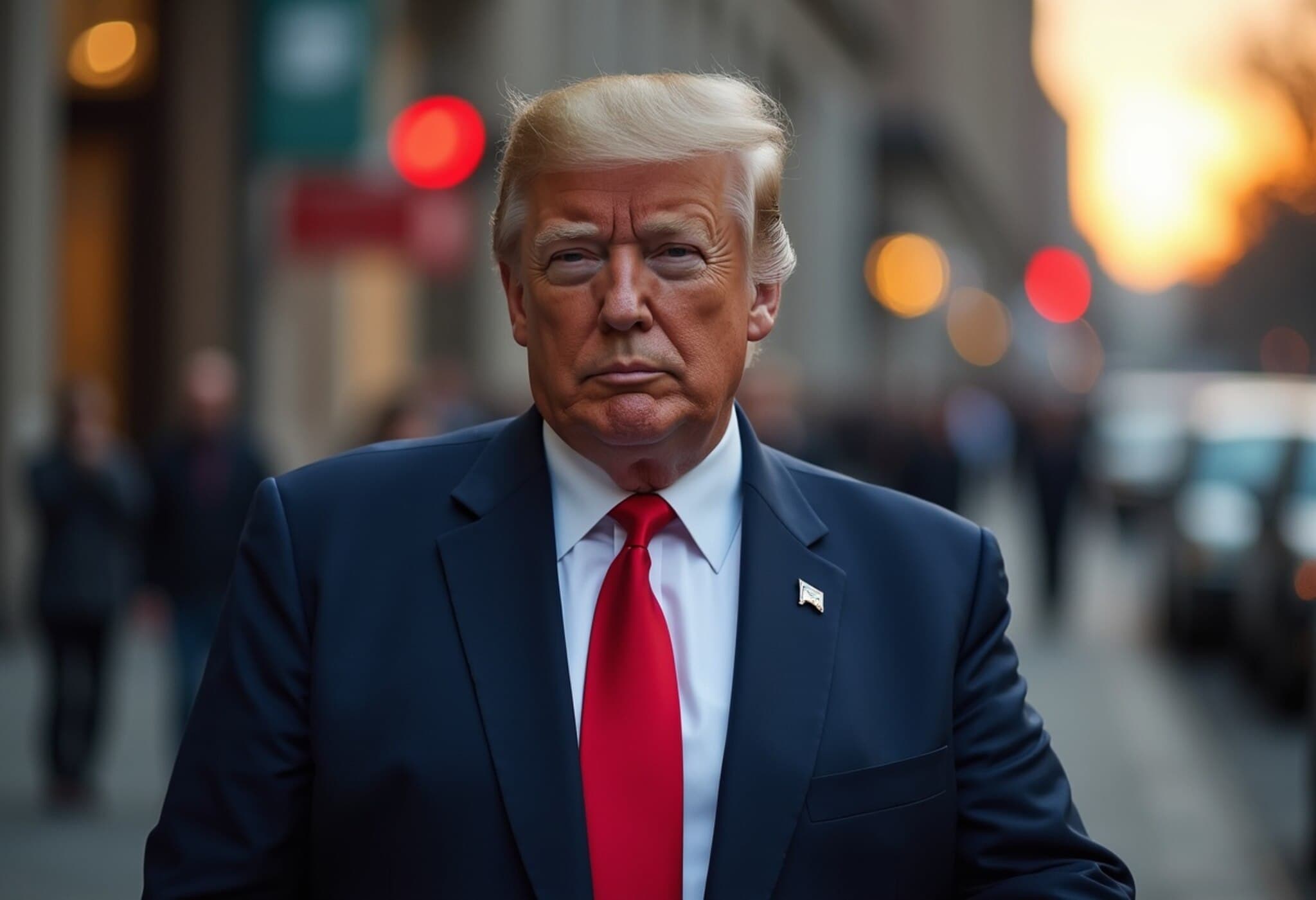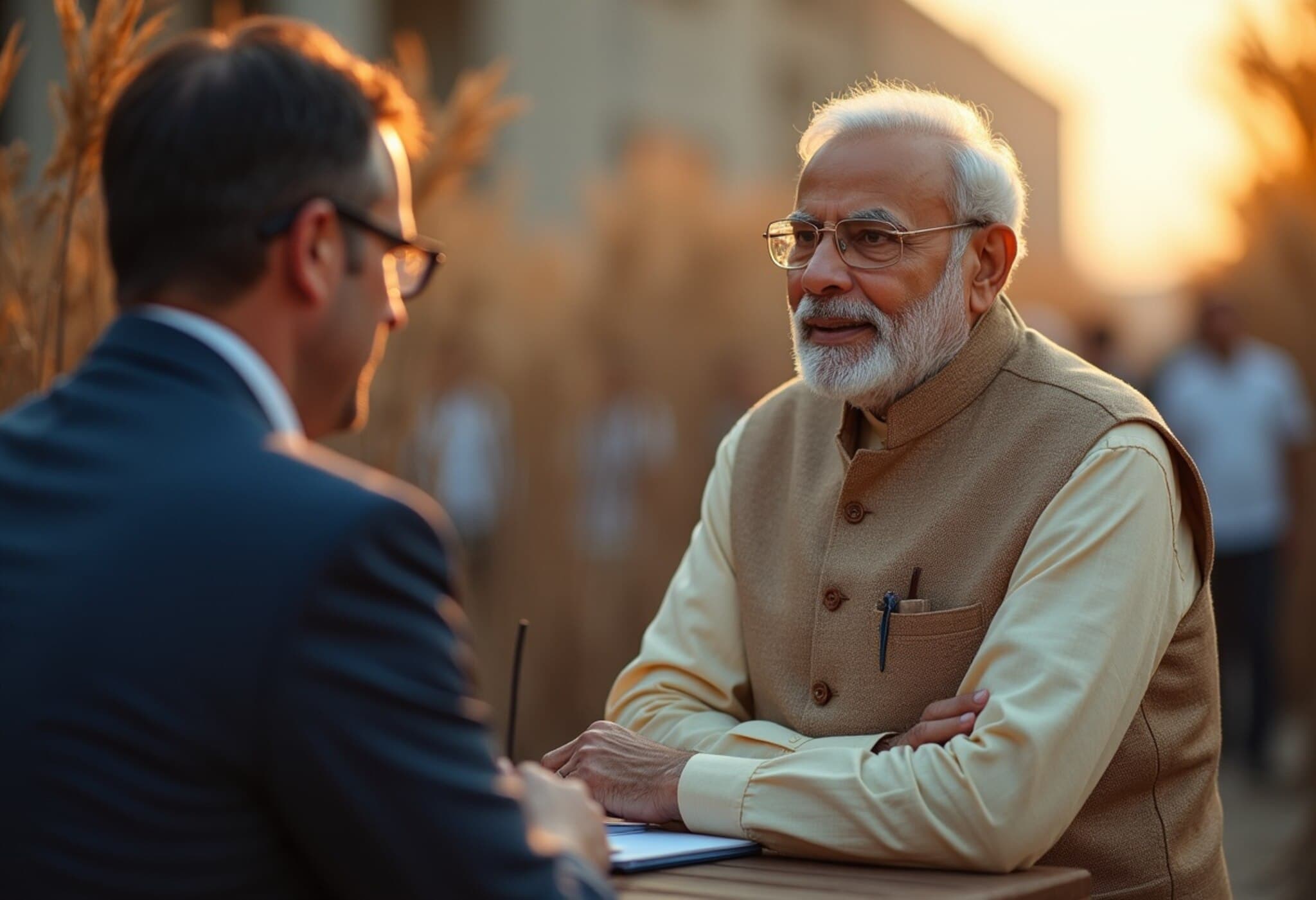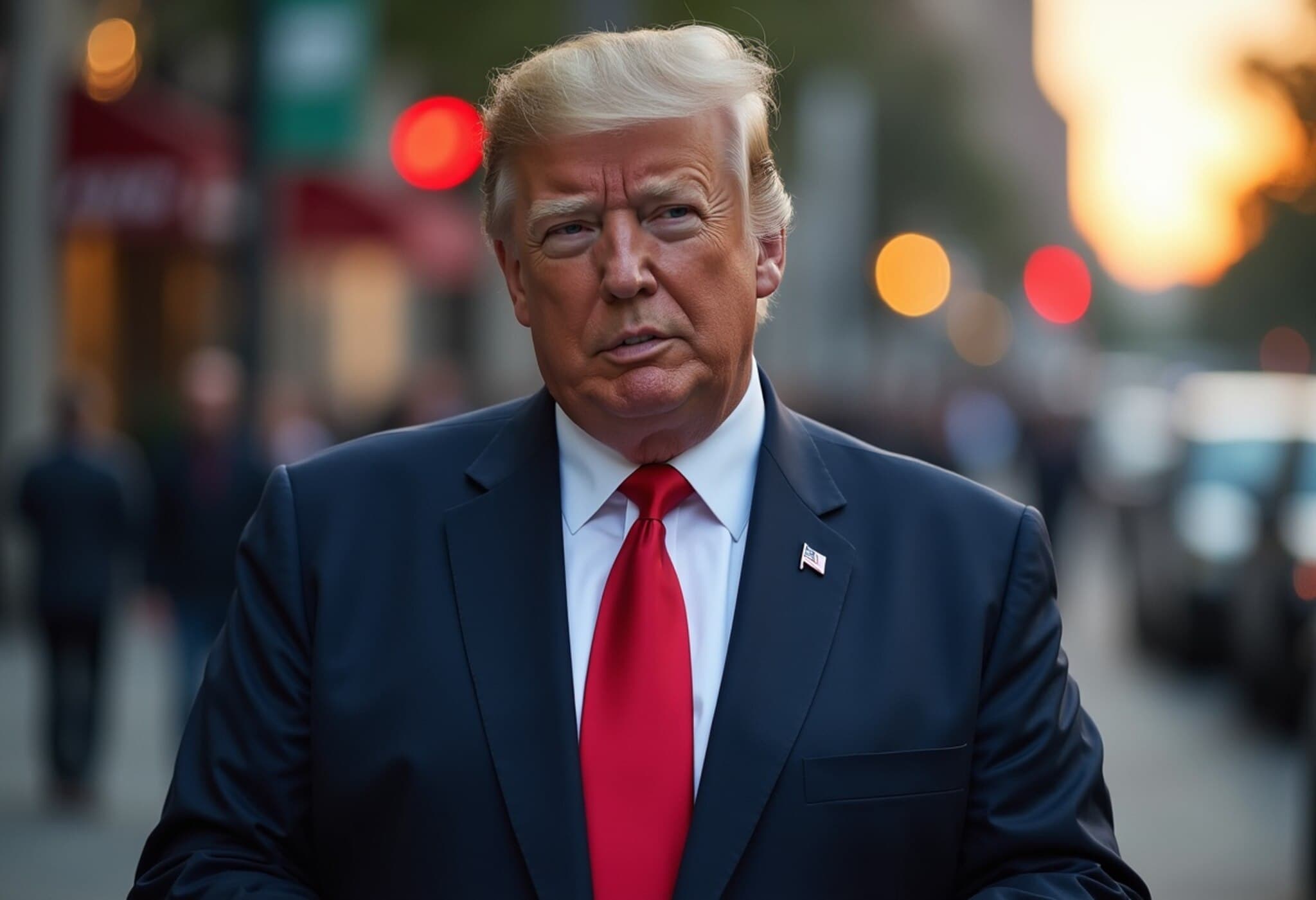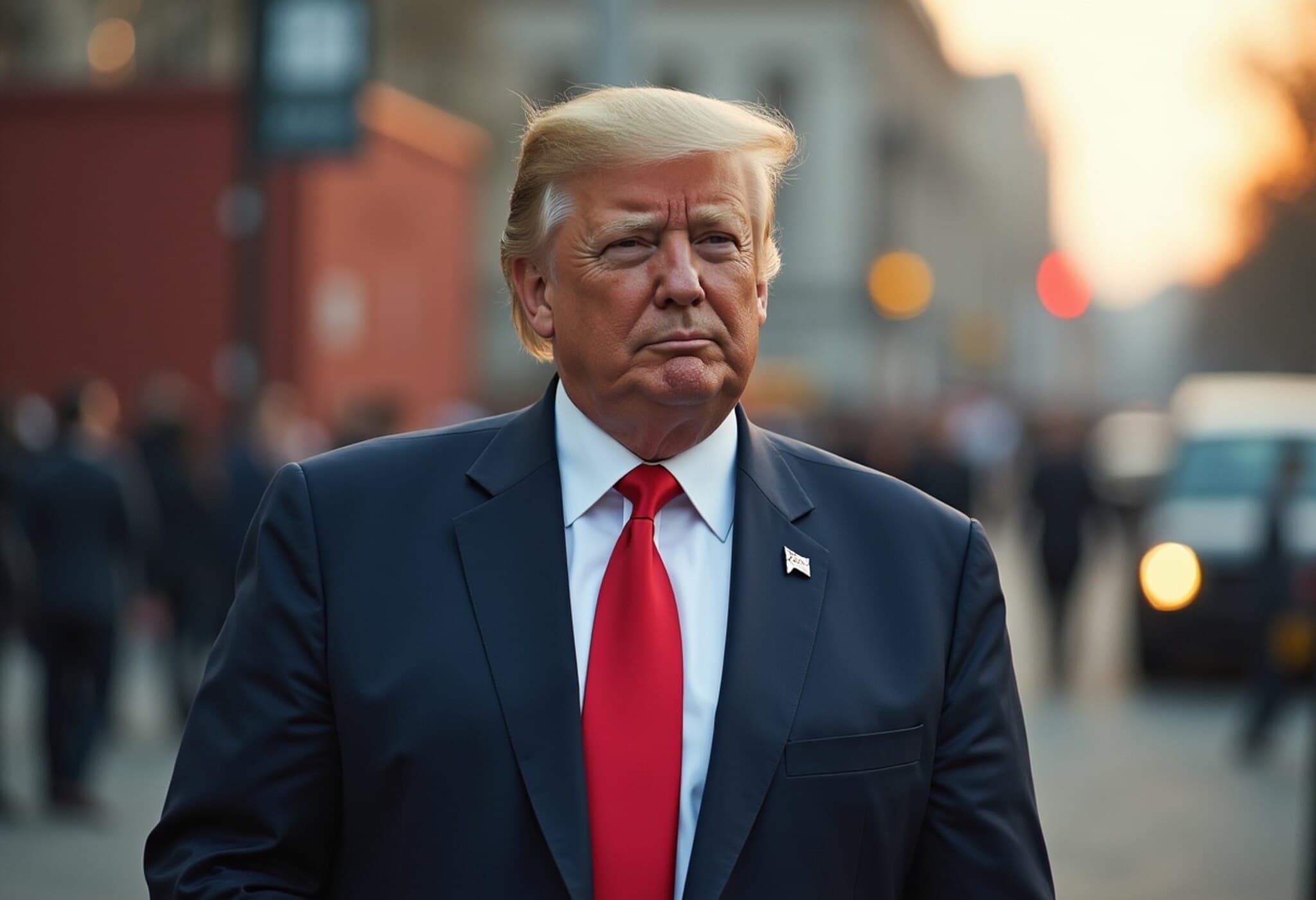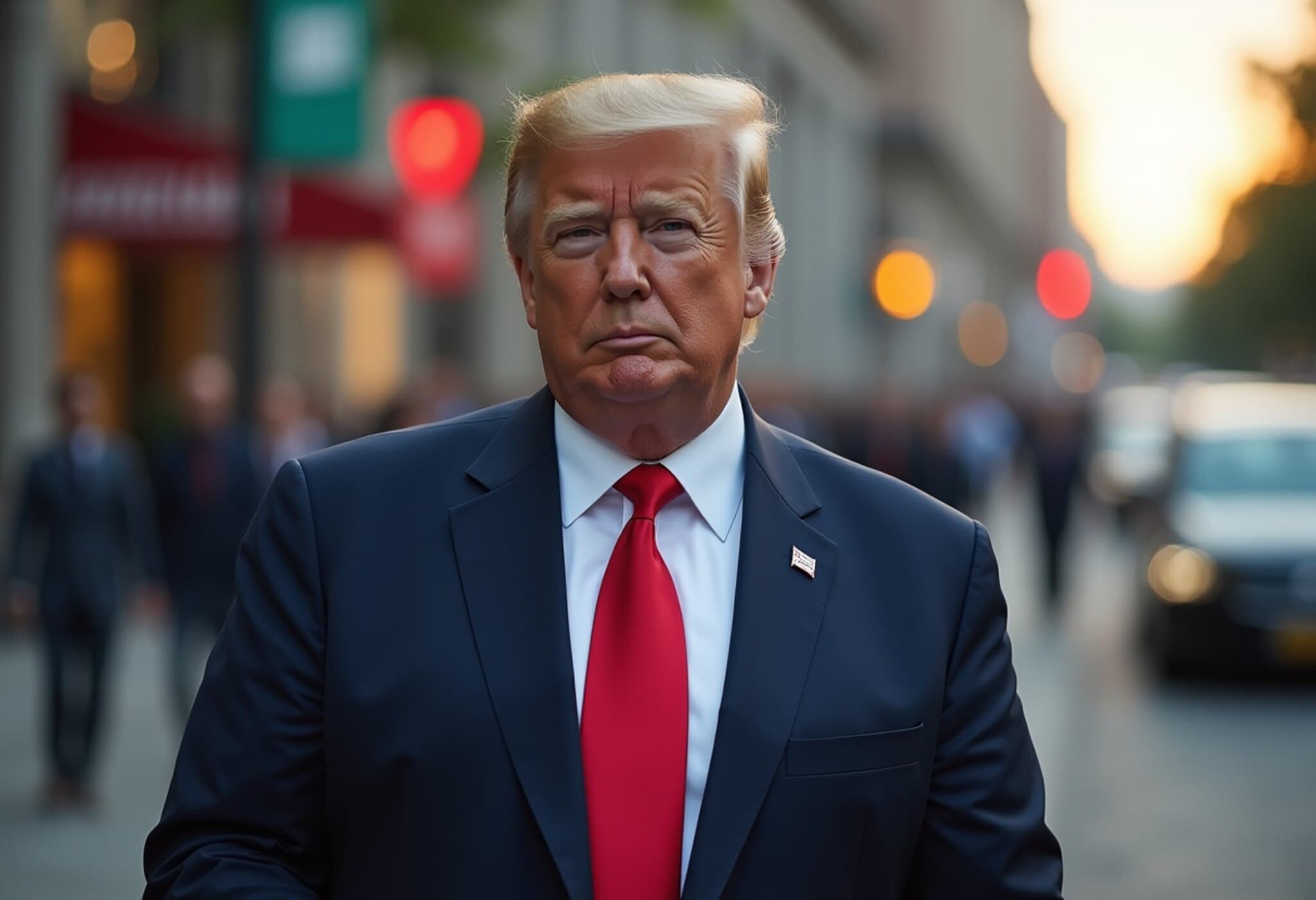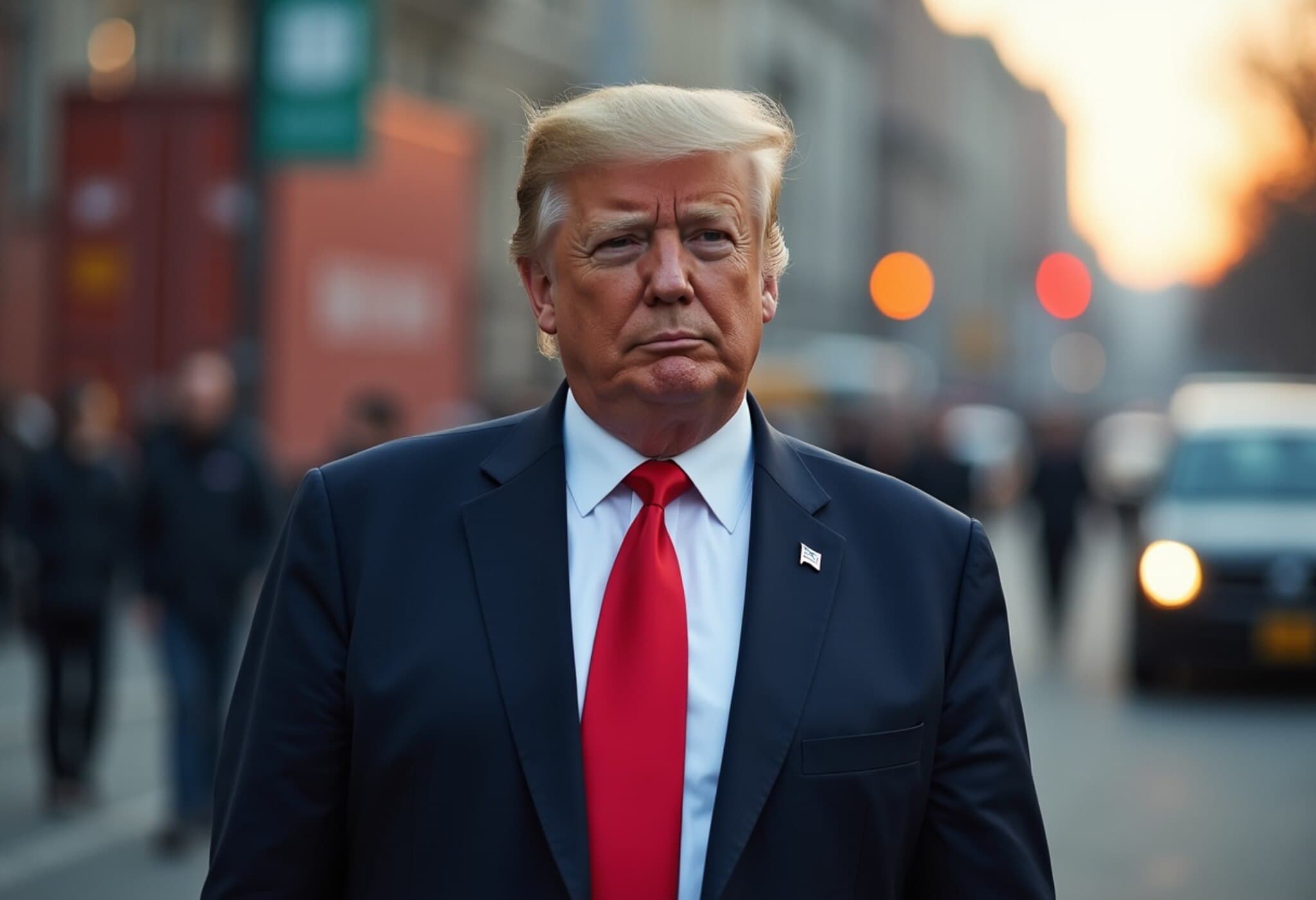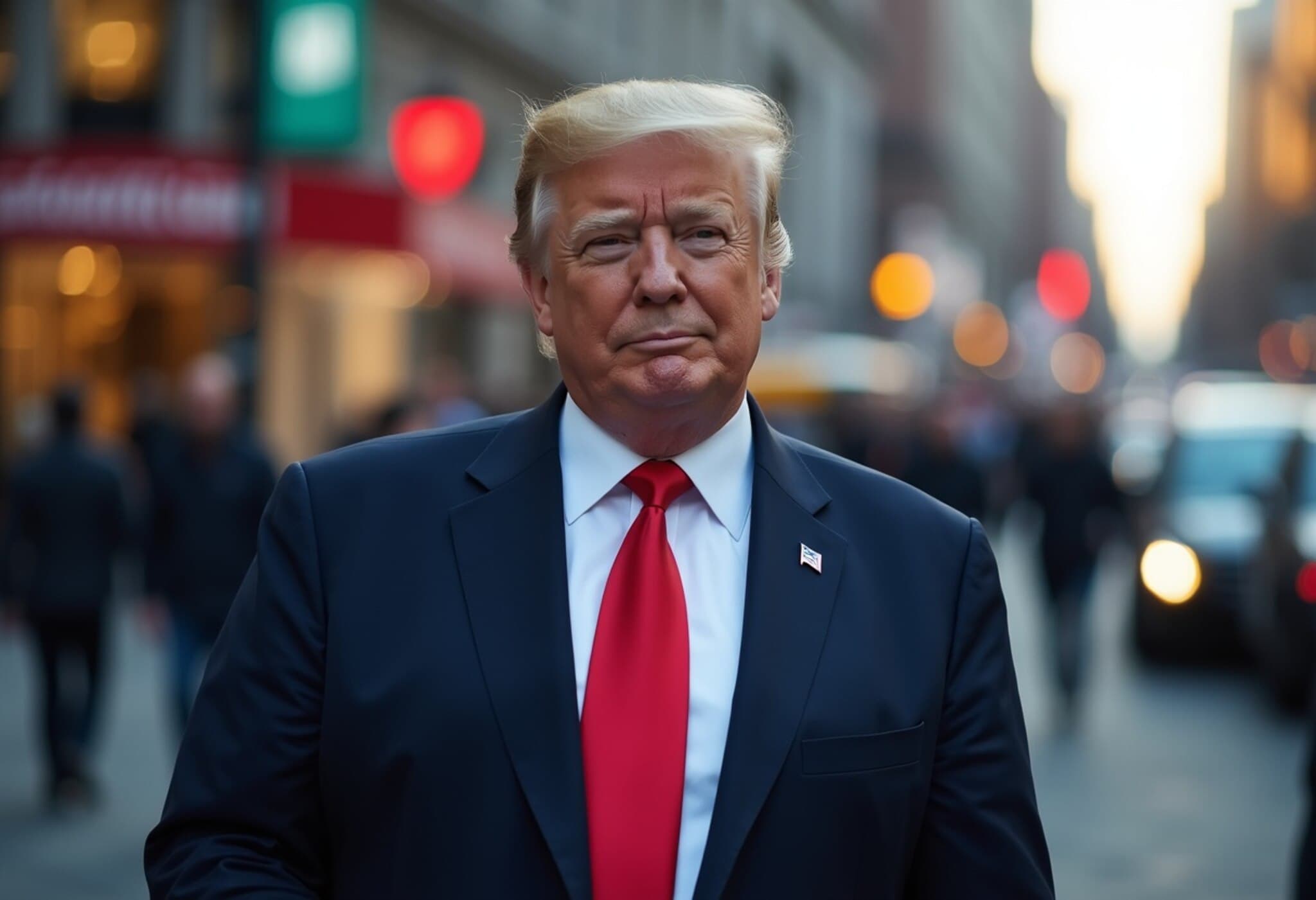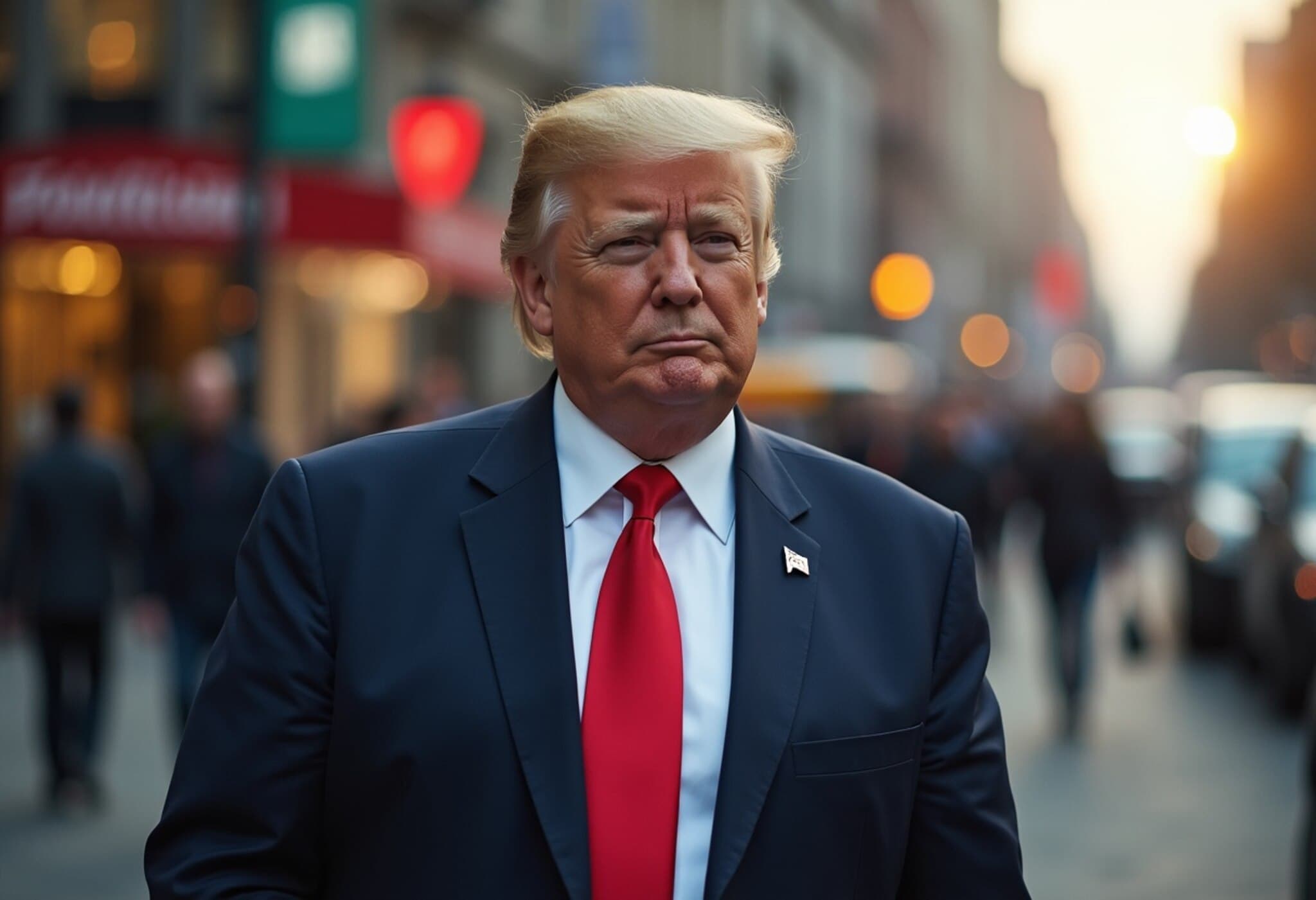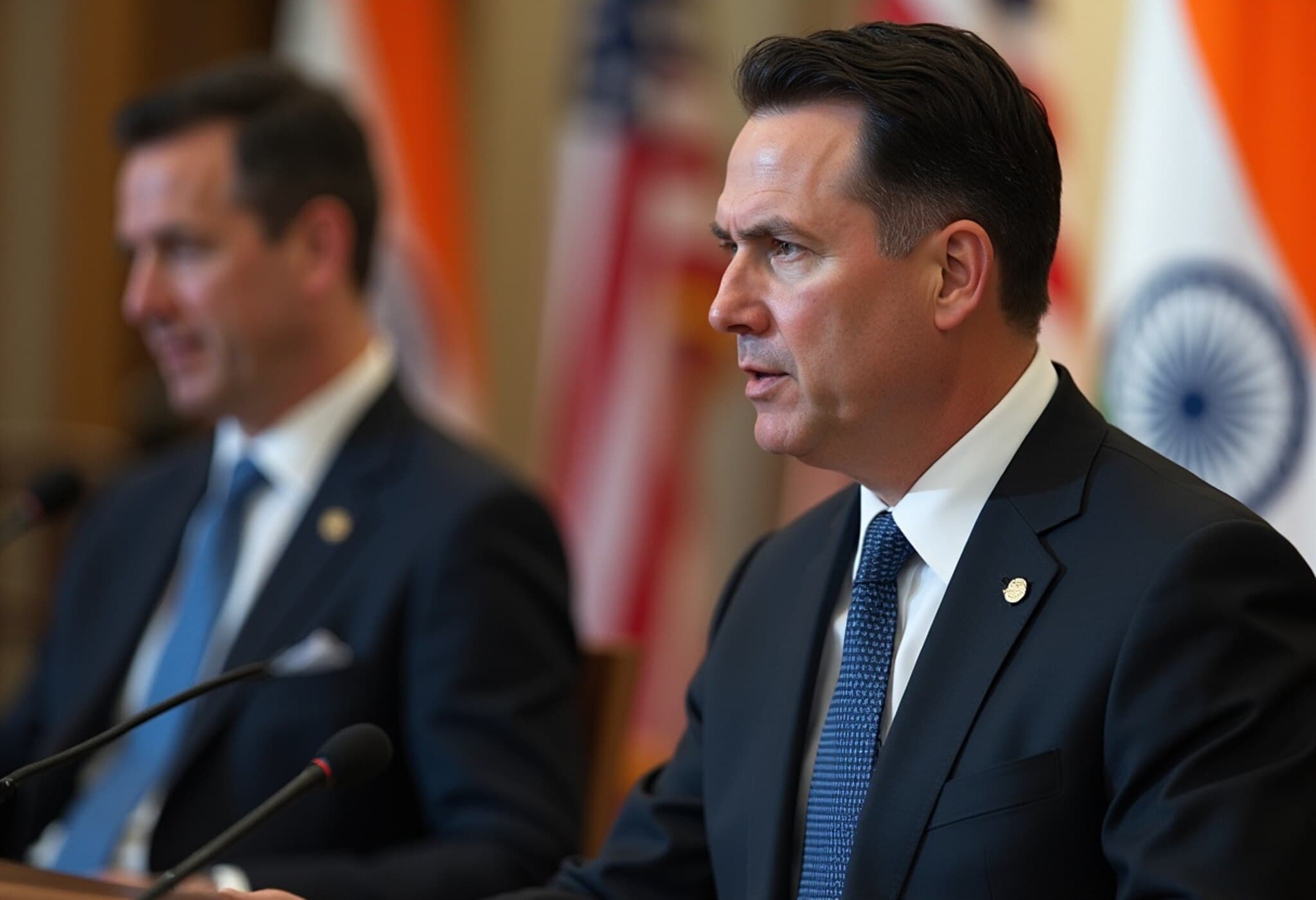US-India Trade Tensions Escalate Amid New 25% Tariffs
In a recent development that has sent ripples through global trade corridors, US Treasury Secretary Scott Bessent openly expressed frustration with the ongoing trade negotiations with India. This escalating tension coincides with the Trump administration’s decision to impose a 25% tariff on a broad range of Indian goods, a move that critics warn could have sweeping implications for bilateral trade and geopolitical stability.
Trade Talks Slow and Contentious
Speaking in an interview with CNBC, Bessent characterized the negotiation process as “slow-rolling,” reflecting growing impatience within the American trade team. While discussions began on a promising note, progress has stalled, which Bessent attributes to India’s reluctance to take decisive steps.
“The American trade team has been frustrated for quite some time,” Bessent noted. “India has been engaging in trade actions that conflict with our interests, particularly through its continued purchase of Russian oil and military equipment.”
Context: The Russia Factor and Tariffs as Leverage
One of the key points of contention is India’s significant imports of Russian oil, which the US views as indirectly supporting Moscow's military campaign in Ukraine. Treasury Secretary Bessent criticized India’s role, saying, “They have not been a great global actor,” pointing to India’s purchase of Russian oil and its resale as refined products on the global market.
Former President Trump’s imposition of 25% tariffs on Indian imports is widely interpreted as a strategic pressure tactic to incentivize India to realign its trade policies, signaling a tougher US posture towards partners perceived as compromising on sanctions or geopolitical norms.
India’s Calculated Response
Sources close to the Indian government told CNBC-TV18 that New Delhi is unlikely to make hasty concessions or adjustments before it fully understands the scope and implications of the tariffs. Officials are awaiting clearer definitions of the tariffs’ penalties and how these might impact India’s economic interests.
Despite the tensions, a first tranche of the Bilateral Trade Agreement (BTA) negotiations remains scheduled for August 25, with virtual talks likely to continue. Commerce Minister Piyush Goyal reassured the Indian Parliament that the government is monitoring the situation closely and will act decisively to protect national interests.
US Administration Voices Unified Frustration
Bessent is not alone in his criticisms. US Secretary of State Marco Rubio also voiced displeasure with India’s purchases from Russia. Speaking on Fox Radio, Rubio called India both a strategic partner and an ally but acknowledged growing tensions due to ongoing Russian oil imports.
“This isn’t just a minor irritant. It’s funding a war effort in Ukraine,” Rubio said, underscoring the moral and strategic dilemmas in balancing economic needs with geopolitical imperatives.
Expert Analysis: A Complex Balancing Act
Trade analysts highlight that India’s energy needs remain substantial; Russian oil offers a comparatively cheaper option amid global sanctions. However, the US’s insistence on restrictions reflects a broader strategy to isolate Russia economically.
“The US is essentially compelling India to make a choice between economic pragmatism and geopolitical alignment with Western sanctions,” explains Dr. Anjali Menon, an expert on US-India trade relations. “This tariff is not just an economic tool but a signal of shifting diplomatic expectations.”
Implications for Global Trade and Policy
- Trade Diversion Risks: Higher tariffs could redirect Indian exports to alternative markets, complicating US-India trade ties further.
- Strategic Partnerships Tested: The friction tests the resilience of the US-India strategic partnership amid wider geopolitical shifts.
- Precedent Setting: The move sets a precedent for the US’s willingness to use tariffs as diplomatic leverage, following recent deals with Japan, the UK, and the EU.
Editor’s Note
The imposition of 25% tariffs on Indian imports signals a significant escalation in US trade policy tactics, merging economic leverage with geopolitical strategy. As India navigates its dual imperatives of energy security and international partnerships, the unfolding standoff raises critical questions:
- Will economic necessity force India to realign its trade practices or seek alternative global partners?
- How might sustained tariffs affect long-term cooperation on security and technology between Washington and New Delhi?
- Could this dispute reshape broader global trade norms around sanctions enforcement?
As negotiations continue, both countries stand at a crossroads, balancing national interests with a complex web of global alliances.

